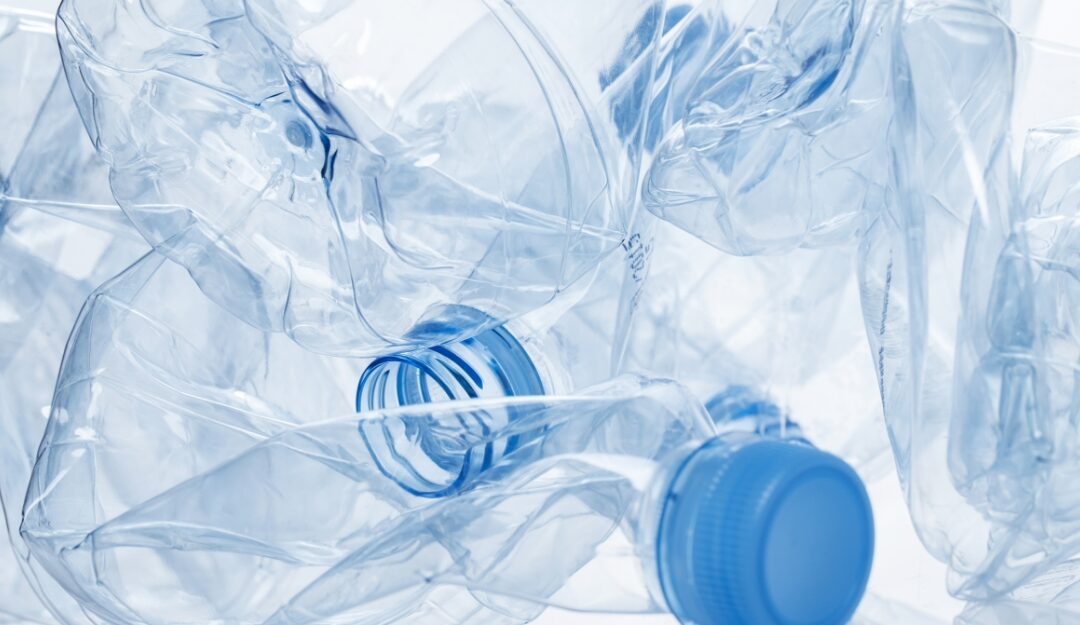Plastic polymers are a plethora of anthropogenic signatures which have a wide array of applications. Its existence is cosmopolitan in our daily life and now its exposure or encounter with human beings rise a serious question to the biological system i.e., how much hazardous produces to the health system. In plastic industries, Bisphenol A (4,4′-Dihydroxy-2,2-diphenylpropane) is a major chemical compound that is used for the production of polycarbonate polyester. Russian Chemist Aleksandr Dianin first invented Bisphenol A in 1891 and a chemical synthesis was done by Theodor Zincke from Marburg University, Germany. Bisphenol A synthesized with the reaction mixture of phenol and acetone under the presence of an acid catalyst, thus Bisphenol A chemical compound is used to prepare various classes of synthetic polymers such as polycarbonate polyester. Polycarbonate polyester was obtained from a chemical reaction through condensation of carbonic acid and Bisphenol A under the catalyst. Bisphenol A is known as the best quality engineering plastic material due to its fashions with high heat resistance, durability, toughness, and optical transparency which make it special from other classes of plastics, that is why extremely used in synthetic polymers. Presently Bisphenol A is being produced by millions of tons in the world. BPA enters the food web system, by slowly leaching from useful appliances such as feeding bottles, napkins, water bottles, dental filling, medical devices, household appliances, cigarette filters, and electronics appliances. Thus, the versatile utility makes it exponentially demand and production throughout the world market which also adversely footprint on our health system. There are several published data, research articles, and scientific investigation that continues awakening the real situation of a harmful snag of Bisphenol A.
A human complication of Bisphenol A and Regulation There are several entry pathways of Bisphenol A chemicals such as digestive tract, skin, or respiratory tract1 which may cause adverse health issues. It acts as mimicry of Estradiol (E2) which is a female sex hormone and other Estrogens, it interacts with the hormone receptors of humans and also animals.2 BPA also stimulated multi-organ toxicity, and chronic kidney disease even though it is reported a as cause of genotoxic and alteration in epigenetic mechanisms1, disturbance in neuroendocrine system1 and inhibition enzyme which may lead to several metabolite disorders in human beings. However, one of the important pinpoints is that how much BPA exposure or direct contact may cause harmful or lethal effects to health, therefore several regulatory bodies had done hard studies on worldwide reputed published research work and research investigation data to come up with a certain value of BPA exposure. Thus, the World Health Organization and Food and Agriculture of the United Nations (FAO) collaboratively confined the average value of BPA exposure to a human being is 0.4 to 1.4 μg/kg per day (WHO 2010). While the U.S. Food and Drug Administration presently estimated an average dietary acquaintance is 0.2 to 0.4 μg/kg per day for infants and 0.1-0.2 μg/kg per day for Children and adults (FDA 2012).
FDA also make forbidding to use of polycarbonate in baby bottles and sippy cups under the acts of food additive regulation in 2012. Therefore, consumable products of agriculture or industries products need to be maintained or comply with regulatory bodies for customers’ safety. Cultivator Phyto Lab Pvt. Ltd. is one of your best choices for testing your products to ensure quality control as per national and international regulatory bodies. Our state-of-the-art laboratory, CPL currently developed a testing methodology for Bisphenol-A as per the national and international standards so that your products could access all the regulations and enjoy free trade throughout the world.
Authors: Sajid Hussain and Dr. Sanjoy Gupta
References:-
- https://www.sciencedirect.com/science/article/abs/pii/S001393511930372X
- MacKay, Harry; Abizaid, Alfonso (May 2018). “A plurality of molecular targets: The receptor ecosystem for bisphenol-A (BPA)”. Hormones and Behaviour. 101: 59–67. doi: 10.1016/j.yhbeh.
- World Health Organization (WHO) (2010) Toxicological and health aspects of bisphenol A. In: Joint FAO/WHO Expert meeting 2–5 November 2010 and Stakeholder meeting on Bisphenol A 1 November 2010, Ottawa, Canada, 2010. World Health Organization, Geneva, Switzerland
- http://www.fda.gov/NewsEvents/PublicHealthFocus/ucm064437.htm

